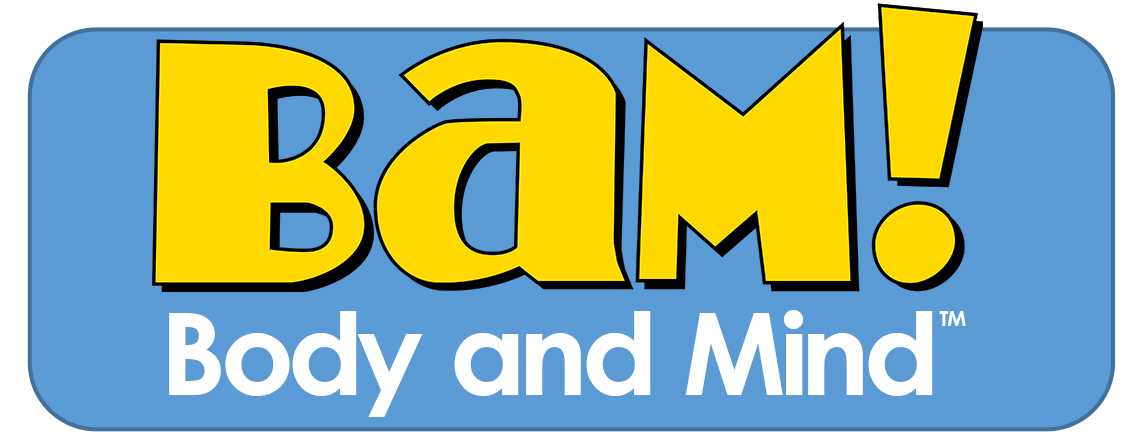New Hampshire
School Districts Partner With Dieticians to Promote Healthy Eating and Reduce Sodium in School Foods
Ten school districts reaching over 20,000 students have improved the nutrition of their school breakfasts and lunches.
 Efforts were made statewide to reduce sodium and improve the nutrition of school foods. These improvements included providing school staff with ideas for non-food celebrations, adding more attractive serving bowls to promote fruits and vegetables during school meals, adding mobile display units for more student access to fruits and vegetables, instituting a Farm-to-School program, and adding an “omelet day” each week during school breakfast times. The biggest improvements in school food programs involved cooking healthier foods from scratch and using less packaged foods that typically contain high sodium levels.
Efforts were made statewide to reduce sodium and improve the nutrition of school foods. These improvements included providing school staff with ideas for non-food celebrations, adding more attractive serving bowls to promote fruits and vegetables during school meals, adding mobile display units for more student access to fruits and vegetables, instituting a Farm-to-School program, and adding an “omelet day” each week during school breakfast times. The biggest improvements in school food programs involved cooking healthier foods from scratch and using less packaged foods that typically contain high sodium levels.
IMPACT
New Hampshire’s CDC cooperative agreement funding produced successful results with the implementation of more than 28 improvements, including 13 improvements related directly to sodium. Ten school administration units, serving 20,534 students, participated in the healthy eating program in 2015. Registered dietitians provided by Keene State College advised schools on how to improve nutrition and reduce sodium in foods served to students and staff and also created an online sodium reduction training for school food professionals titled, “Shake It Down: Reducing Sodium in School Meals.”
Some schools bought kitchen equipment to make fruit smoothies for breakfasts; these drinks were served as healthy alternatives to traditional sausage patties. One school district began making their own soups from scratch, and the high school students were always eager to ask the food service director about the fresh, “soups of the day”. In addition to the healthy eating and sodium reduction project, the Department of Education, University of New Hampshire Cooperative Extension, and Division of Public Health Services partnered to promote improved nutrition and physical activity policies by using guidelines outlined in USDA’s Healthier US School Challenge. The team reviewed local school wellness policies to determine statewide strengths and weaknesses, then provided training and technical assistance to School Administrative Units (SAUs) on how to comply with the new local school wellness policy requirements.
- Page last reviewed: June 20, 2017
- Page last updated: June 20, 2017
- Content source:



 ShareCompartir
ShareCompartir